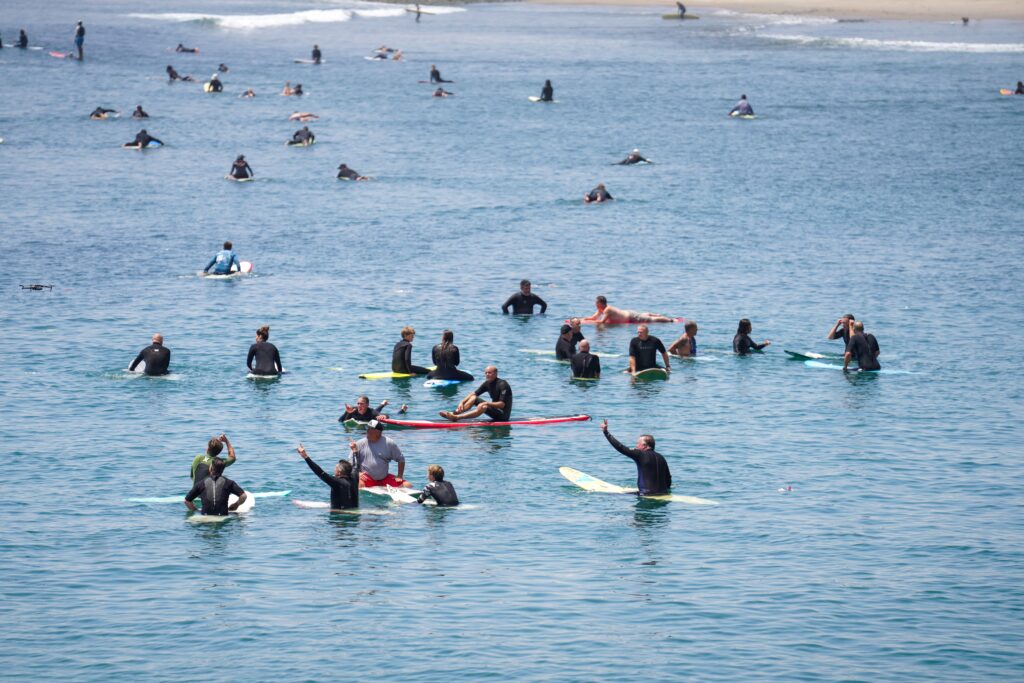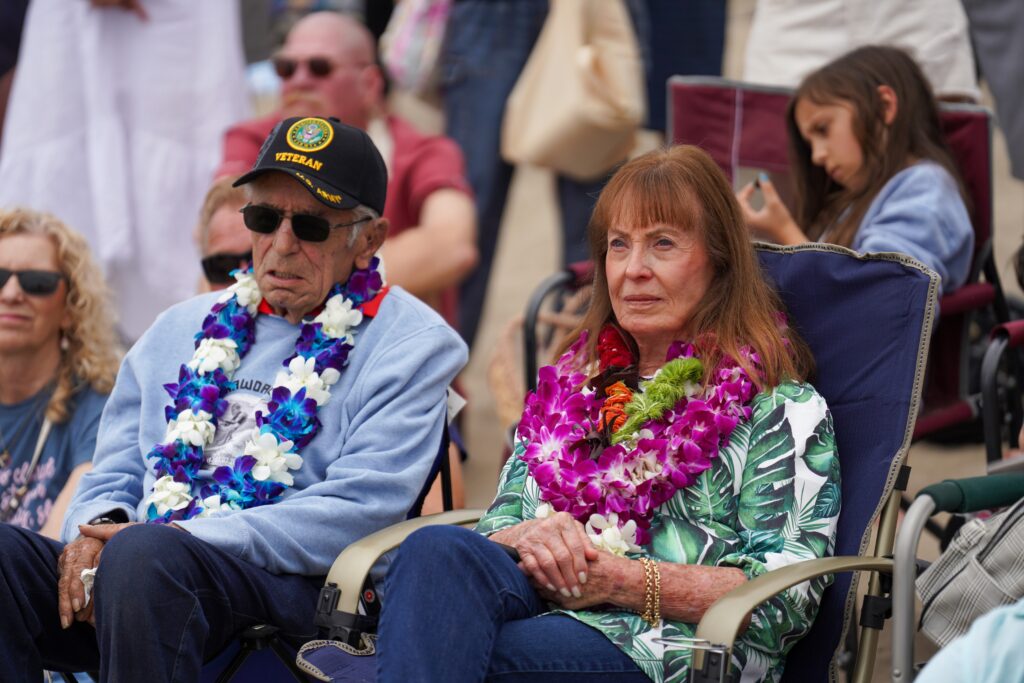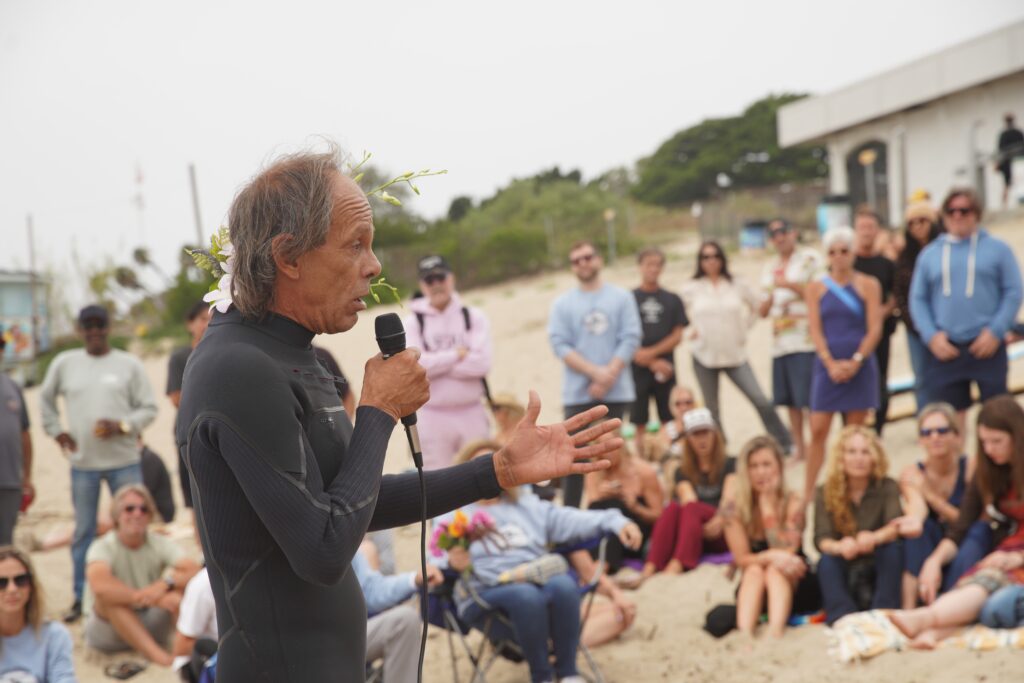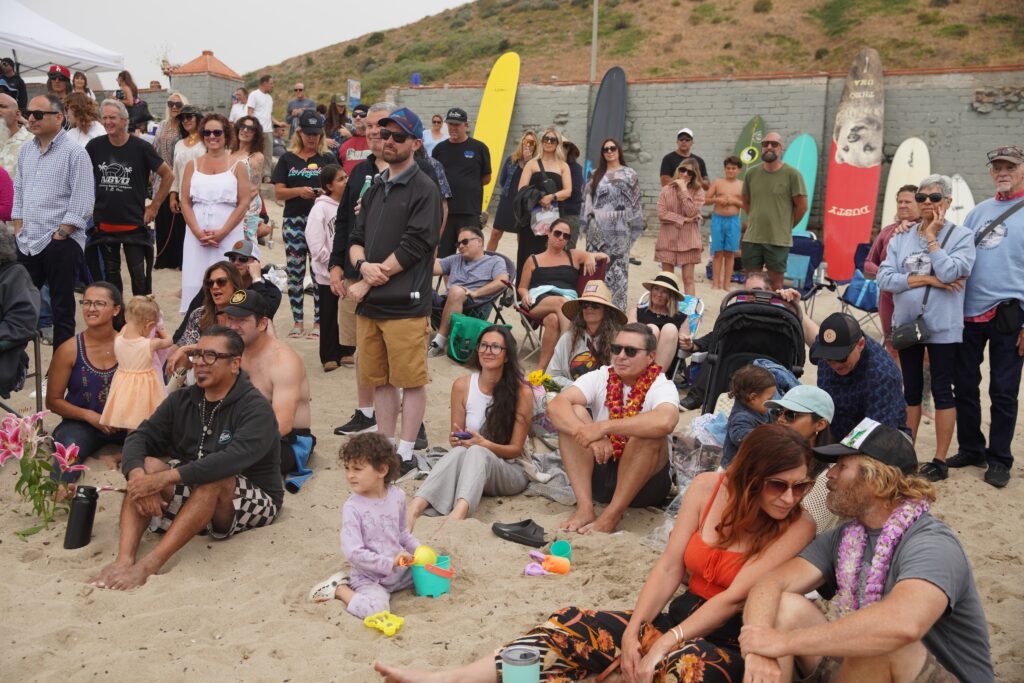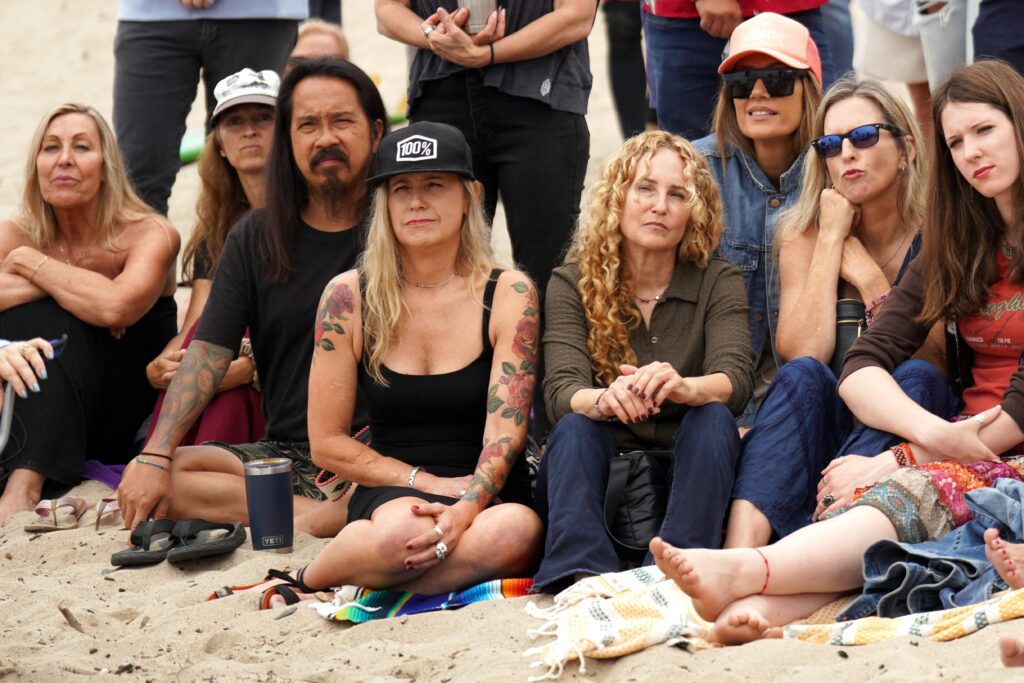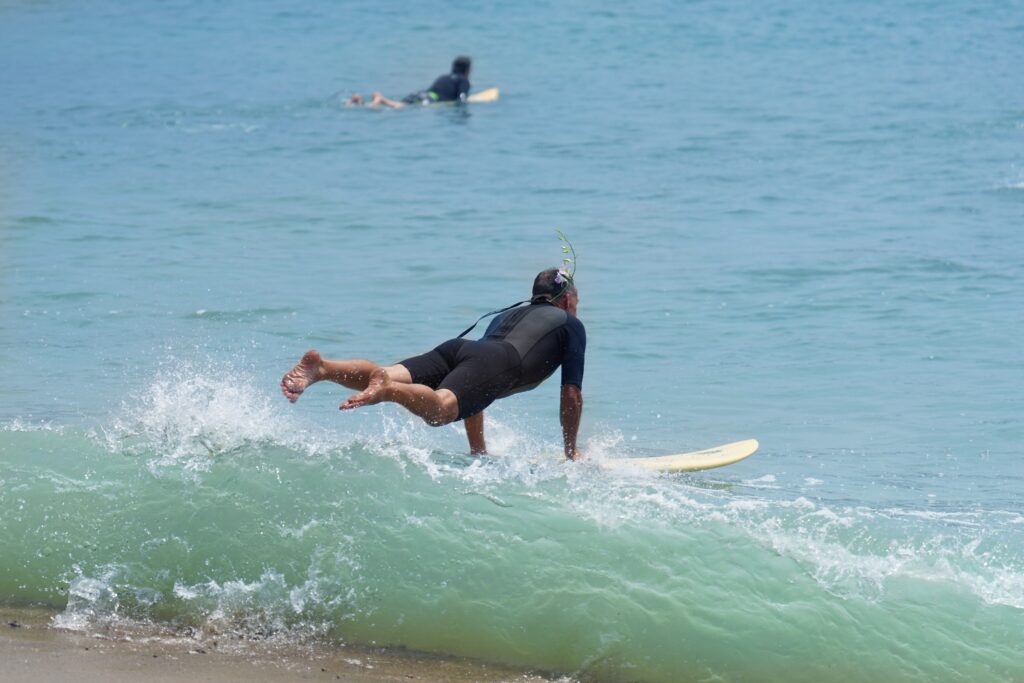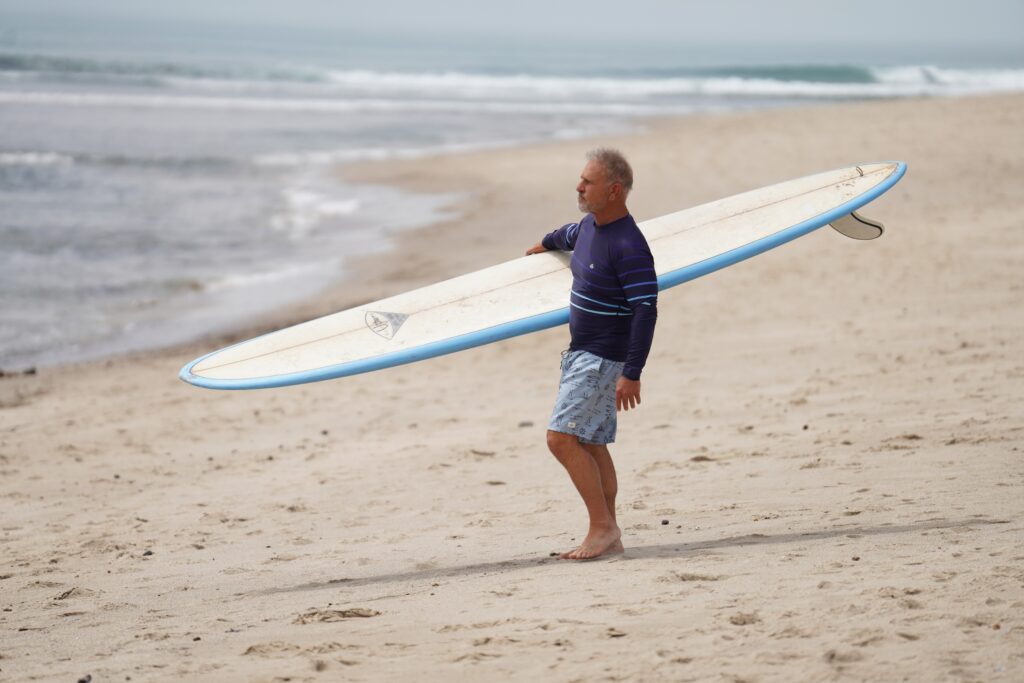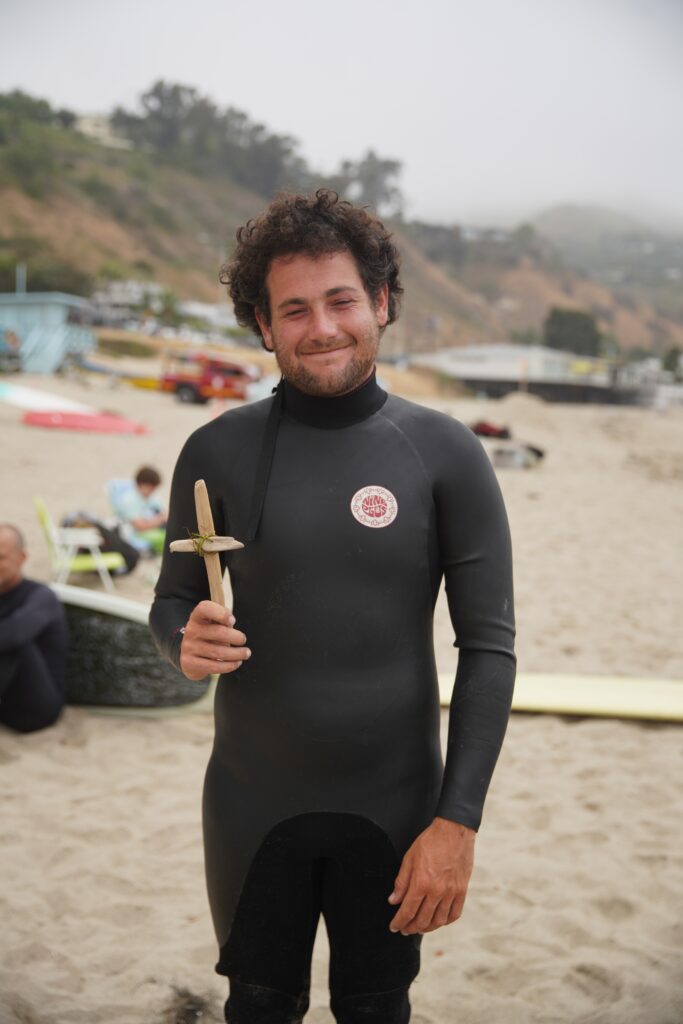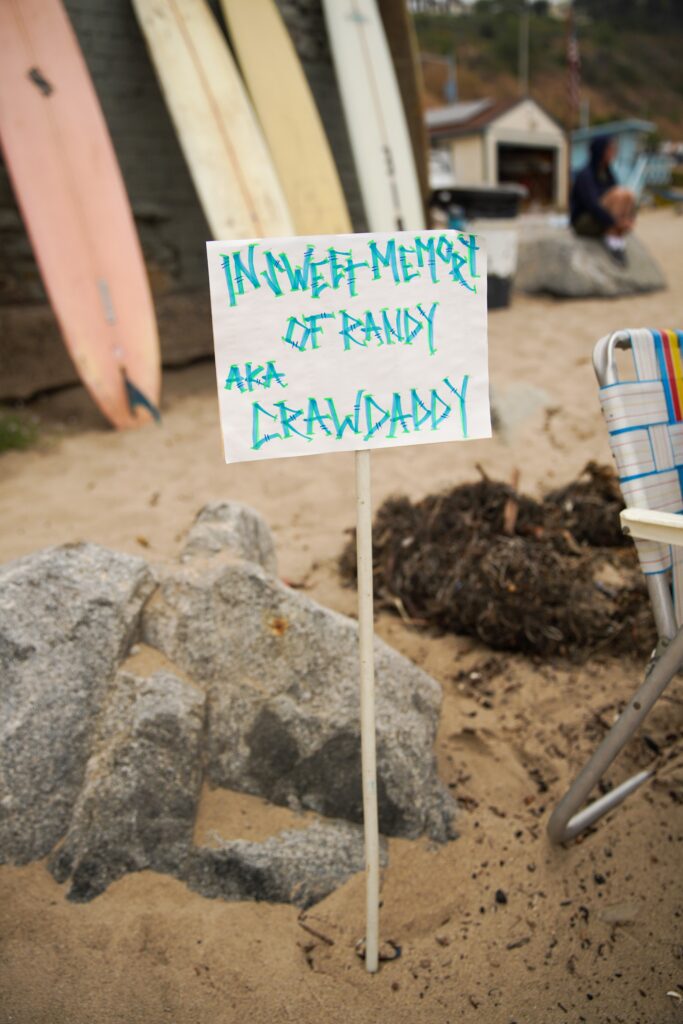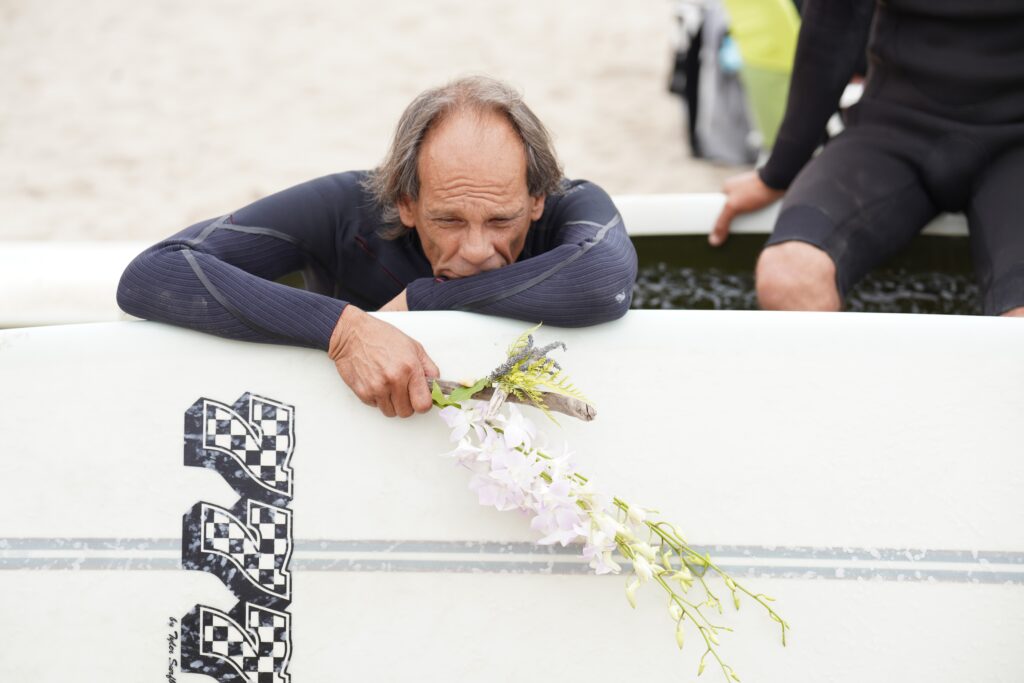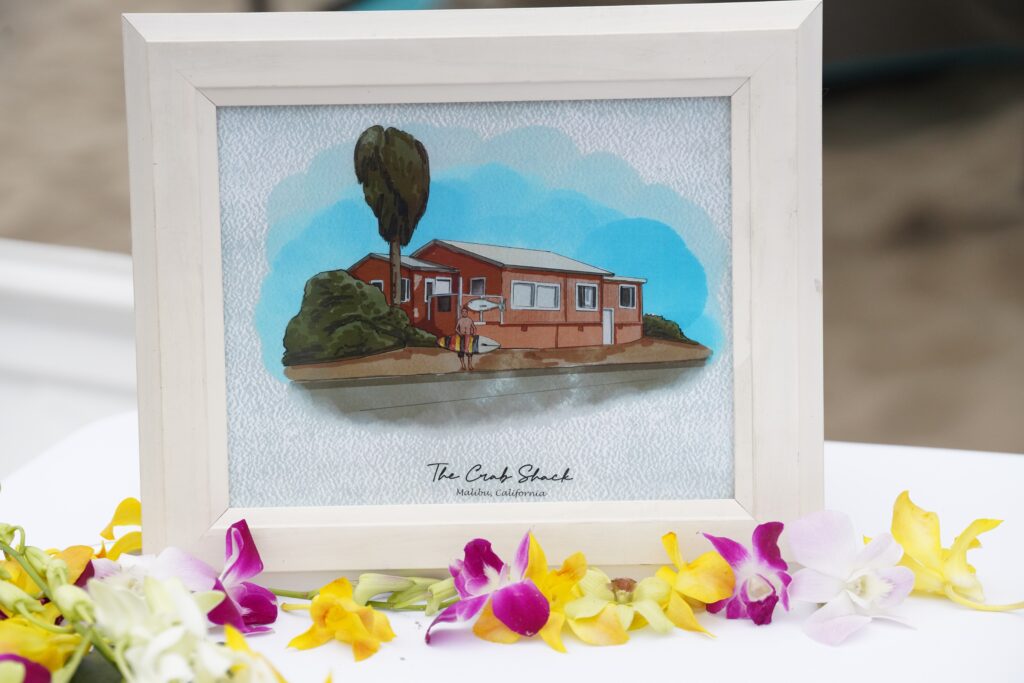As tourist season returns in full force, local businesses navigate grants and rebuilding efforts, while the community grapples with infrastructure challenges
Summer is here, and not a moment too soon. Central Malibu on weekends is as touristy and trafficky as ever, but you have to wonder what first-timers think when they drive PCH from east to west and see that suddenly scenic mess for the first time.
The Anonymous Nobu Busser claimed Nobu is back to hectic, can’t get a table.
Congrats to Ollo and team who were one of 20 fire-affected restaurants awarded $10,000 grants from the DoorDash-funded Restaurant Disaster Relief Fund.
May 31 was the deadline for the Malibu Rebuilds Small Business Micro Grant Stabilization Program. According to the website, “The City of Malibu has established the Small Business Micro Grant Stabilization Program to directly assist local small businesses affected by the recent fires, severe storms, and prolonged Pacific Coast Highway closures. Grants ranging from $5,000 to $20,000 are available to help businesses with economic recovery and to retain jobs within the community. The program is funded by City of Malibu resources and administered under the City’s General Fund Grant Program framework.”
Darren Graves agreed to be interviewed about his property on Big Rock — an interview you will find on page B2 of this issue. He is keenly aware of the evolution of the clearing and reconstruction of Malibu — as a homeowner and a builder — and he laid these numbers down on his Instagram (Numbers which were updated a bit to June 2 by Melanie Peterson of the U.S. Army Corps of Engineers).
The opening of PCH in eastern Malibu last weekend appears to have been a resounding success for the communities of Santa Monica, Malibu, and the Pacific Palisades, as thousands of beachgoers flocked to sunny Malibu beaches all weekend long.
However, the USACE debris cleanup has slowed a bit; understandably so, since there are now four lanes of traffic opened up alongside the beachfront homes that are being cleared. In spite of the barrage of traffic, the USACE cleanup effort is still so impressive. By the numbers:
330 beachfront homes in Malibu burned in the Palisades Fire.
Of those 330, 227 have filed ROE forms with the USACE. Since the USACE can only touch the properties for which they have ROEs, their subcontractors can only clear debris from 69% of the beachfront parcels.
223 are cleared — 68% of total homes, 98% of USACE parcels
32 are in process — 9% of total homes, 14% of USACE parcels
77 are being cleared by private contractors — 22% of total homes
33 have not filed ROEs and are not being worked on by private contractors — 10% of total beachfront homes.
And speaking of Malibu Rebuilds, their weekly newsletter states (updated by Melanie Peterson):
In the Big Rock neighborhood, 76% of opt-in properties are cleared, and 57% have received final sign-off from LA County. In Las Flores Canyon, 72% of opt-in properties are cleared, and 36% have received final sign-off from LA County.
Big Rock still has infrastructure problems, according to The OmnAIpotent OrAIcle:
The Big Rock neighborhood in Malibu has been dealing with significant recovery efforts following the Palisades Fire. One major infrastructure project involves replacing a drainage pipe that was destroyed during the fire. This emergency work has led to weekday closures on northbound Pacific Coast Highway (PCH) just north of Big Rock Drive, with repairs expected to be completed by early June.
Additionally, residents in areas like Carbon Mesa and Carbon Canyon have been struggling with water line capacity and storage issues, which are preventing them from rebuilding their homes. The Los Angeles County Fire Department requires adequate water supply for fire protection before issuing occupancy permits, but the existing water infrastructure — some of which dates back to the 1940s and 1950s — is in desperate need of upgrades.
Debris by the Numbers as of June 3: Part 12
6/1: By June 1, property owners who either opted out or failed to submit a Right of Entry form must obtain a Fire Debris Removal permit and hire a licensed contractor.
6/30: By June 30, all fire debris for opt-out properties must be removed. What happens to the properties that haven’t been cleared? We will find that out soon.
267: Initial visits to the Malibu Rebuilds Center as of May 27.
183: Follow-up visits.
10: Days is the average processing time for a first response.
25: Days is the average time for a planning decision.
31: Projects that have been submitted to Planning and are currently being reviewed.
20: Total applications approved by planning — all of them like for like or + 10%.
2: Building plan checks submitted.
0: Building plan checks approved
305: According to long-time Malibu real estate broker Doug Carroll — quoting from the MLS listings — there are 305 single-family homes and condos currently listed in Malibu.
24: Number of burn-out lots currently listed.
16: Number of houses for sale on Malibu Road.
5: Number of burn-out lots currently in escrow.
5: Number of burn-out lots sold.
5: Homes for sale in Serra Retreat. Three since the fire.
When Carroll was asked if he had ever seen this many “For Sale” signs or people leaving town, he said, “Definitely not and it’s my concern that it’s going to get worse. Before the fires most owners weren’t ready to sell due in large part to high interest rates. They didn’t want to lose their low-interest mortgages and have to buy with high interest rates.
Now they don’t seem to care about the interest rate issue.
I think it’s a combination of a number of factors. Many of these properties are second and third homes so they may not be as emotionally attached as if they were their primary homes.
I also believe people are just tired of all the issues in Malibu from fires to constant power outages to the PCH. It’s very psychological in my opinion.
It will take time for the market to absorb all the listings and for the rebuilding to start in earnest. Malibu has always come back, and when it does it comes back even stronger.”
4,295: As of June 2, according to USACE PAO Melanie Peterson — EFO-Palisades has received 4,295 rights of entry applications from the county, cleared debris at 3,373 properties and completed and submitted final sign off to the county for 2,930 parcels. USACE has cleared debris from approximately 78% of the parcels in the Palisades it received rights of entry to and turned about 68% of those back over to the county.
$6,000: Weekly salary for heavy-equipment operators contracted by the USACE.
1,008,746/2,107,492,000: Tons/Pounds of debris sorted and recycled when appropriate, of fire debris, concrete and metal.







